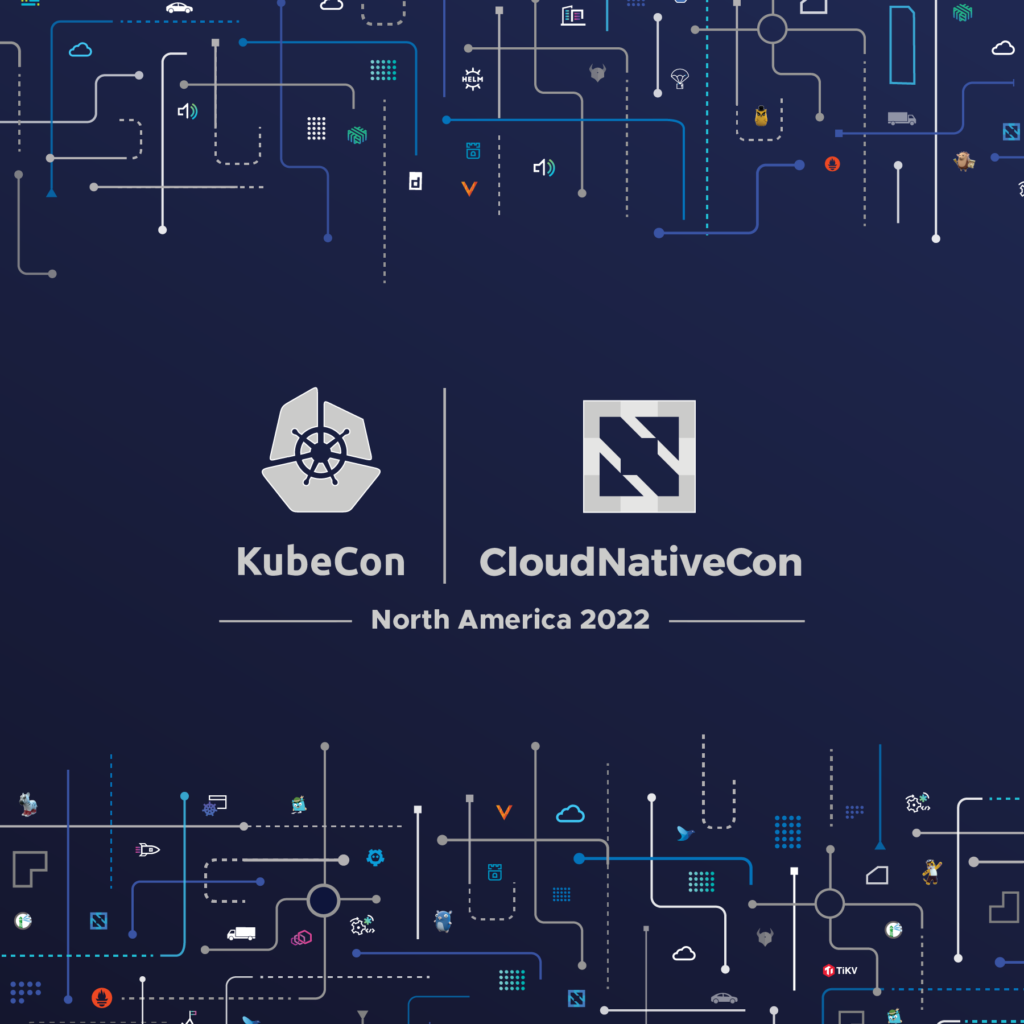What’s New With PagerDuty? Come Find Out!
In two days, we’ll be sharing what we’ve been up to for the last few months in our What’s New With PagerDuty webinar. This quarter, we’ve released a ton of exciting new capabilities that empower developer and ITOps teams to deliver amazing customer experiences and protect uptime by arming them with the complete, best practice incident resolution lifecycle.
For Developers
 More and more, developers are taking on the responsibility of owning their own code in production. This is a great thing, as it’s deeply empowering to have direct impact on the customer experience. But taking on operations work on top of regular development tasks can often seem daunting. No one wants to get woken up at 3AM due to an issue if they don’t know the right process for fixing it or how long they’re going to be kept up for.
More and more, developers are taking on the responsibility of owning their own code in production. This is a great thing, as it’s deeply empowering to have direct impact on the customer experience. But taking on operations work on top of regular development tasks can often seem daunting. No one wants to get woken up at 3AM due to an issue if they don’t know the right process for fixing it or how long they’re going to be kept up for.
That’s why we delivered new functionalities aimed at enabling developers to take the chaos out of incident resolution by making it as streamlined as possible. With PagerDuty, developers can get ahead of customer experience issues, focus on what matters, automate incident response, and work their way. We’ll show you:
Alert filtering and search – Minimize cognitive load as you investigate your alerts by filtering, sorting, and searching for specific alerts using normalized fields such as severity, summary text strings, services, source, component, etc.
New APIs – Customize your workflow and easily extend PagerDuty with our robust API. The Events API v2 normalizes all inbound event data so you can more easily slice and dice your data, and you can also automatically create and merge related incidents via the API.
Custom incident actions – Leverage rich in-app extensibility to create custom actions that are directly accessible within PagerDuty incidents — the sky’s the limit for the actions you want to automate!
For ITOps
ITOps teams need to have a well-defined process around how to respond to major incidents vs. daily operational issues. It no longer makes sense to rely simply on reacting to tickets when customer-impacting outages can cost upwards of millions of dollars. A much more effective approach is to automate issue detection with machine data, facilitate agile collaboration and response with preferred tools, and sync that incident information back to your issue tracking tool for auditing purposes.
PagerDuty drives best practice around responding to incidents of different severity levels, so that small issues can get fixed with minimal disturbance; and when complex and severe issues hit, no time is wasted getting the right people connected. Teams can minimize chaos and burnout while protecting the customer experience.
The capabilities we delivered this quarter enable ITOps teams to drive faster resolution, learn from and prevent issues to get back time for innovation, and optimize people mobilization. We’ll show you::
New Atlassian Integrations – Create JIRA tickets via PagerDuty incidents with the new JIRA Software integration and eliminate tool toggling when resolving incidents with our best-in-class HipChat extension.
Major Incident Sync to ITSM Tools – Seamlessly integrate with any ticketing system, have full control over what PagerDuty information syncs with your tools, and classify incidents using your organization’s priority scheme.
Post-mortems – Get better at resolving and preventing incidents by streamlining post-mortems with automated timeline creation, collaborative editing, actionable insights, and more.
We’re really excited to share how all these exciting new capabilities come together to make incident resolution more stress-free than ever, with live demos, use cases, and best practices during the What’s New With PagerDuty webinar. Register now to save your spot and bring your questions!


